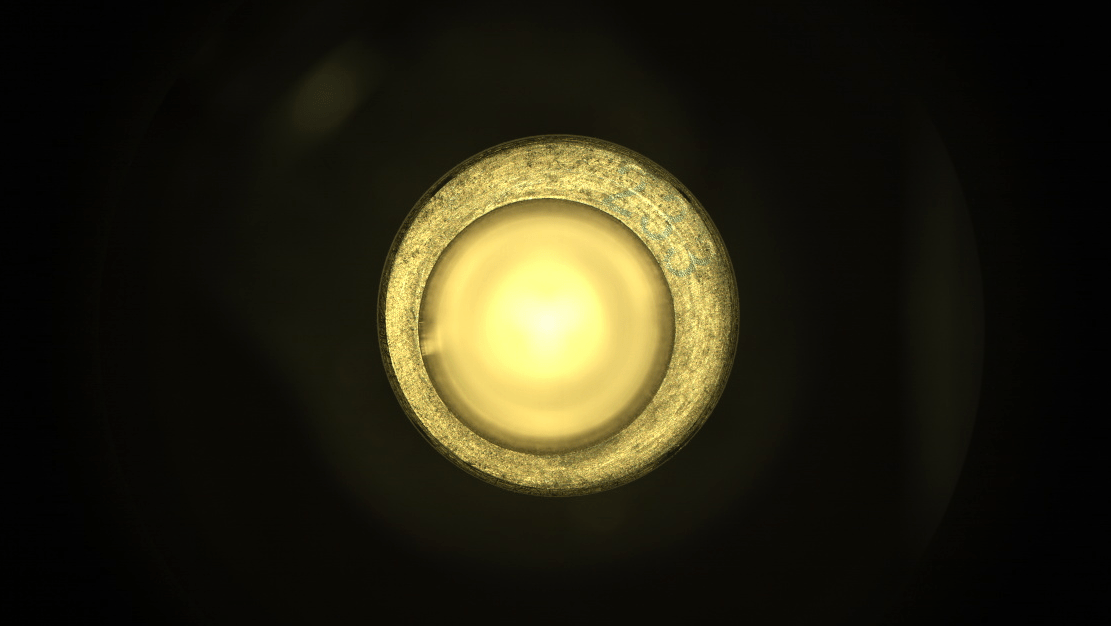The Perseverance rover may have hit its first major hiccup on Mars, as last week’s attempt at sampling Martian rock turned up a perplexing amount of nothing. Yesterday, mission team members at NASA reported that the rover’s systems functioned perfectly — the problem instead lies with the composition of the Martian surface.
Louise Jandura, the chief engineer for sampling and caching at NASA’s Jet Propulsion Laboratory, unpacked the issue in a blog post. “The volume measurement and post-measurement image arrived indicating that the sample tube was empty. It took a few minutes for this reality to sink in but the team quickly transitioned to investigation mode,” she wrote.
The team spent two days analysing information from the rover, including telemetry data from the rover’s corer, which is designed to extract Martian rock samples that are intended to be brought to Earth around the 2030s. They also looked at images of the coring site, inside the sample tube, and even the path the rover took since the coring happened, in a classic case of where-were-you-when-you-last-saw-it. Perhaps most importantly, the team took depth measurements of the borehole using images taken by the WATSON camera on the rover, which indicated there was more rock in the hole than the team would expect if the coring had been a success.

Their fundamental conclusion is that what was supposed to be a sample of Martian rock, destined for Earth, is instead a pulverised bunch of dust and crumbles sitting in the borehole and in the cuttings pile that encircles it. There’s not enough rock in the sample tube, and there is too much would-be sample on the Martian ground.
Jandura wrote that the team believes the rock’s material properties made it tricky (read: impossible) to extricate, and the team expects that whole swath of rock is similar. “The hardware performed as commanded but the rock did not cooperate this time,” Jandura said. The un-success has shades of NASA’s episode with the failed Mole aboard the Mars InSight lander, which wasn’t able to dig due to an unexpected amount of compact sediment called duricrust. The Mole project was abandoned in January after engineers tried valiantly to get it working.
Hope is not yet lost for Perseverance’s efforts, though. The rover is heading over to the next planned sampling location and the farthest-yet point in its science campaign, the south end of the Martian Séítah. The Séítah is a rugged series of dunes previously scouted by the Ingenuity helicopter. Jandura noted that, based on imaging of the region, the team expects to encounter sedimentary Martian rock more similar to the rocks the team tested Perseverance’s equipment. That sampling attempt will likely take place in early September.
